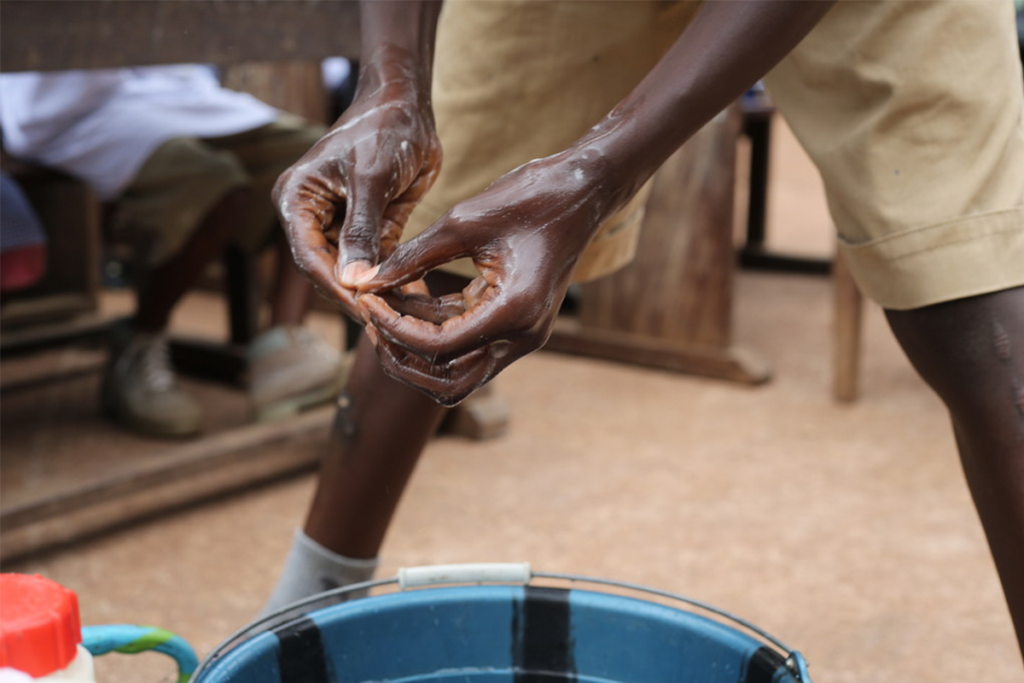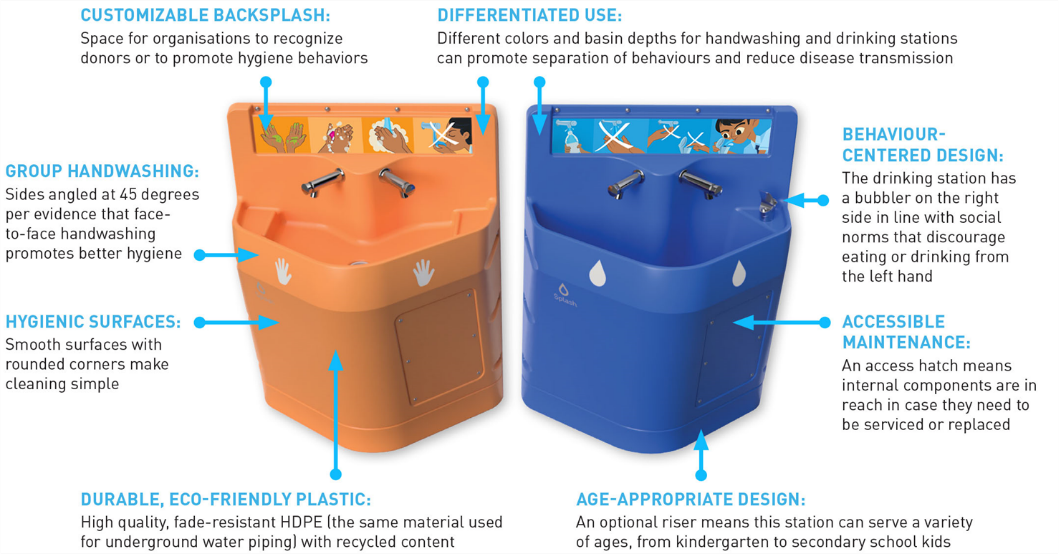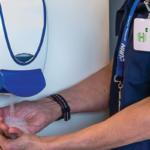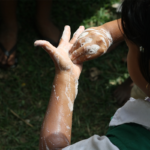Every year, the UNC Water and Health Conference convenes science, policy and implementation actors to discuss successes, challenges and next steps in water, sanitation and hygiene (WASH). With my work for the Global Handwashing Partnership, the conference not only provides an opportunity to meet with our partners face-to-face, but it also spurs new insights and evidence regarding WASH and other integrated issues.
In the past two decades, there has been a shift in activity from handwashing education to sustainable handwashing behavior change, which targets key motivators and triggers beyond traditional promotion and education activities. At this year’s UNC Water and Health Conference, the Global Handwashing Partnership and its partners convened a side session discussing the concept of nudges and how they can be integrated into future handwashing behavior change efforts. In this post, I describe our organized side session and highlight ways nudges can be used in practice.
What is a nudge?
According to Wood & Neal (2007), habits are defined as “learned dispositions to repeat past behavior triggered by features of context that have covaried frequently with behavior in the past.” In other words, habits are triggered by context and whether a person has performed that behavior in the past. Think about your morning routine. Let’s say you wake up, then immediately brush your teeth and wash your face before you do anything else. These are repeated behaviors that have led to lasting behavior change. These are habits.
While nudges and habits have overlapping constructs (e.g., they are both anchored in unconscious thinking), there are key differences to understand. For one, nudges are an intervention, whereas habits are a behavior. Nudges can be one-off or repeated and may not always lead to lasting behavior change. In contrast, habits must be repeated and should involve (at least somewhat) lasting behavior change. For nudges to create lasting change, they must obey the laws of habit formation.
How are nudges used in practice?
So, what if we want to use nudges to change habits? More specifically, how do we use nudges to change handwashing habits? While it seems like a simple concept, the frequency in which people should practice handwashing can lead to challenges in creating lasting behavior change. Because of this, many traditional approaches have failed in achieving and sustaining improved handwashing practices.
Dr. Robert Dreibelbis of the London School of Hygiene and Tropical Medicine then discussed how nudges have been used in efforts around the world. Nalounde et al. (2018), for example, used a school-randomized control trial to test “soap-on-a-rope.” The idea of this nudge stems from the classic “hall pass” concept in schools. In theory, by introducing the soap as an alternative to a hall pass, it prompts the students to believe that it should then be used after they use the toilet and when washing their hands. The researchers found that soap use was more than seven times more likely in intervention schools than control schools. Introducing this nudge interrupted habitual neurological patterns, which in turn affected and sustained behavior change.
Key takeaways
Photo credit: UNICEF Guinea




